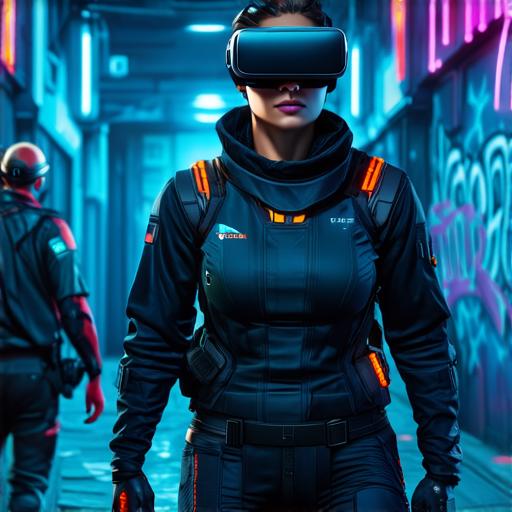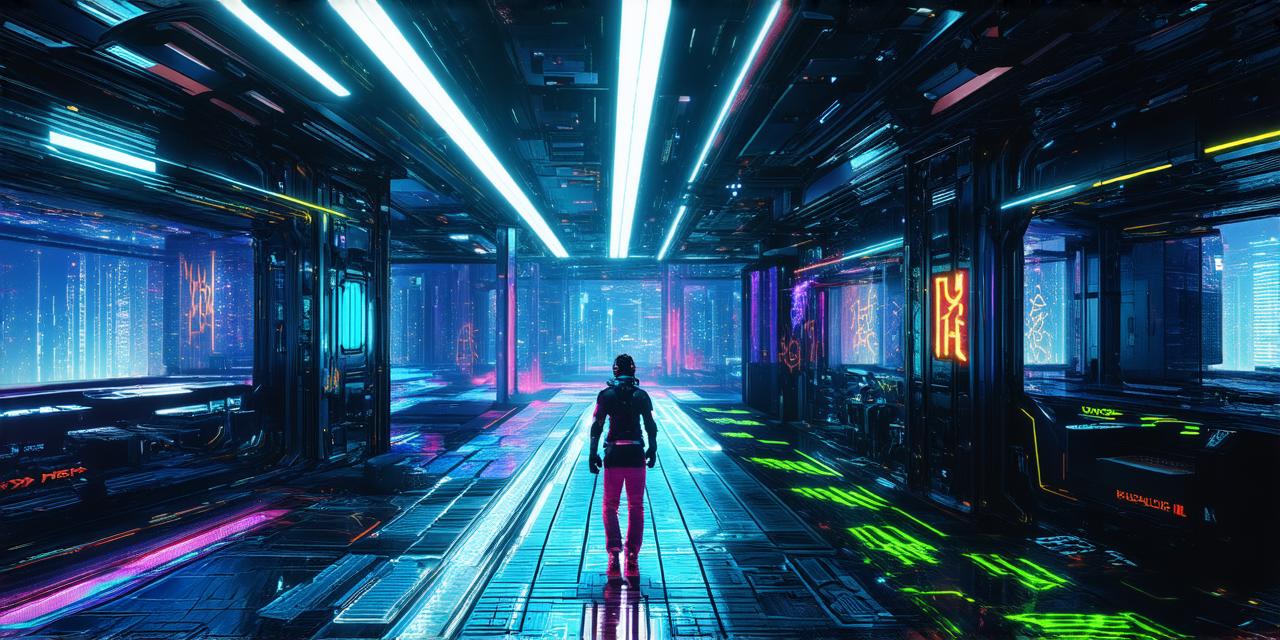In the ever-evolving digital landscape, Virtual Reality (VR) development stands at the forefront of innovation. As we delve into the future, let’s explore the exciting possibilities that await us in this immersive realm.
The Rise of VR: A Case Study
Consider Oculus Rift, a pioneering VR headset that revolutionized gaming and entertainment. Its launch marked a significant milestone, signaling the mainstream adoption of VR technology. This case study underscores the potential for VR to transform various sectors, from healthcare to education.
VR’s Impact on Healthcare
In healthcare, VR is being used for medical training, therapy, and even surgeries. For instance, the University of Sydney’s Charles Perkins Center uses VR to help patients manage chronic pain more effectively. This application not only improves patient care but also paves the way for a future where virtual procedures could become commonplace.
Education: A New Dimension
In education, VR offers an immersive learning experience. Students can explore historical sites, conduct virtual experiments, or even interact with holographic teachers. This interactive approach enhances understanding and retention rates, making learning more engaging and effective.
The Role of AI in VR Development
Artificial Intelligence (AI) plays a crucial role in the development of VR. AI algorithms help create realistic virtual environments, personalize user experiences, and even predict user behavior. For example, Google’s Project Tango uses AI to map real-world spaces for VR applications.
The Challenges Ahead
Despite its promise, VR development faces challenges. These include high costs, limited accessibility, and the need for more intuitive interfaces. However, as technology advances, these hurdles are being addressed, making VR more accessible to a wider audience.
The Future: A Blurred Line Between Reality and Virtuality
As we look ahead, the future of VR development promises a world where the line between reality and virtuality becomes increasingly blurred. With advancements in AI, holography, and wearable technology, we can expect more immersive, interactive, and personalized experiences.
FAQs
1. What is Virtual Reality (VR)?

VR is a computer-generated simulation that can be experienced through a headset or other devices, providing an immersive and interactive environment.
2. How is VR used in healthcare?
VR is used for medical training, therapy, and even surgeries to improve patient care and treatment outcomes.
3. What role does AI play in VR development?
AI algorithms help create realistic virtual environments, personalize user experiences, and predict user behavior, enhancing the overall VR experience.
